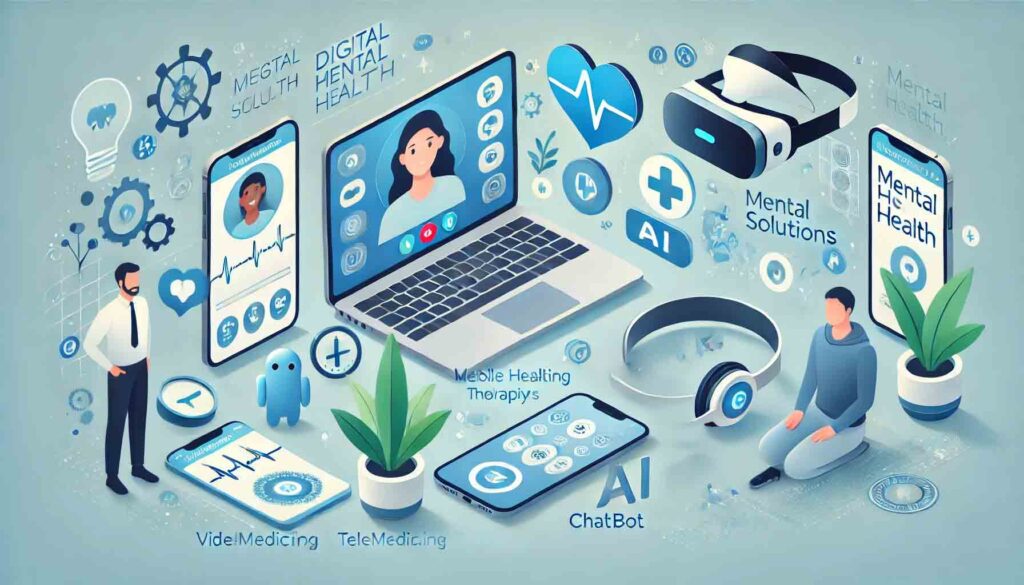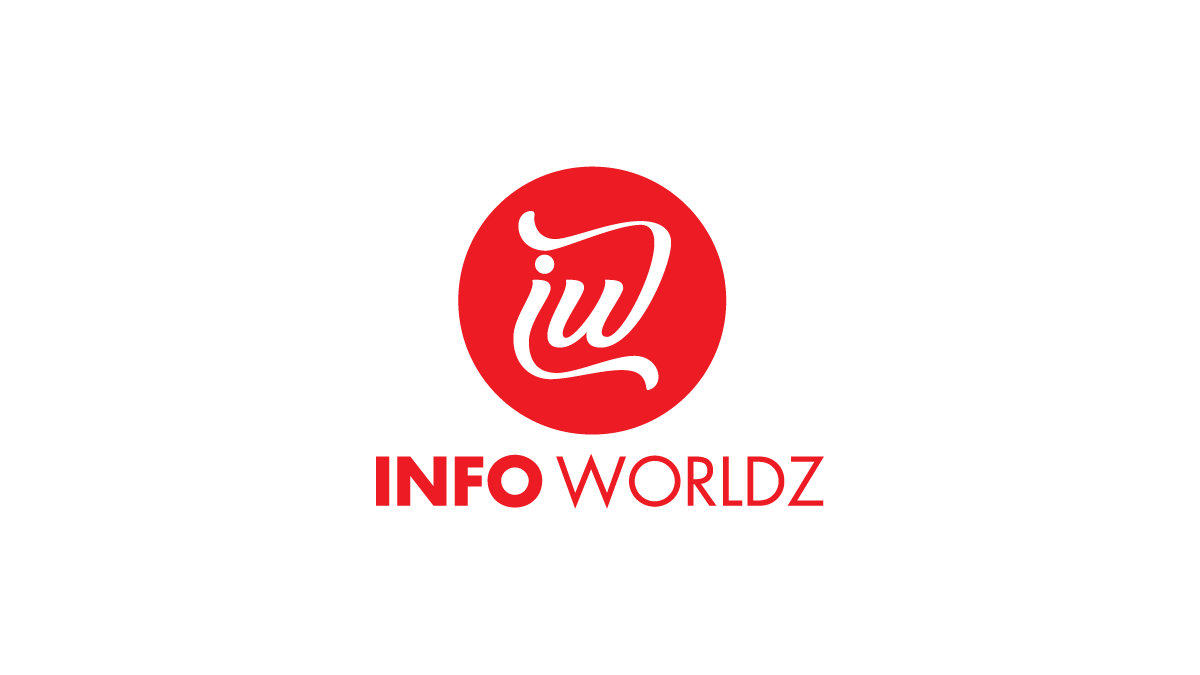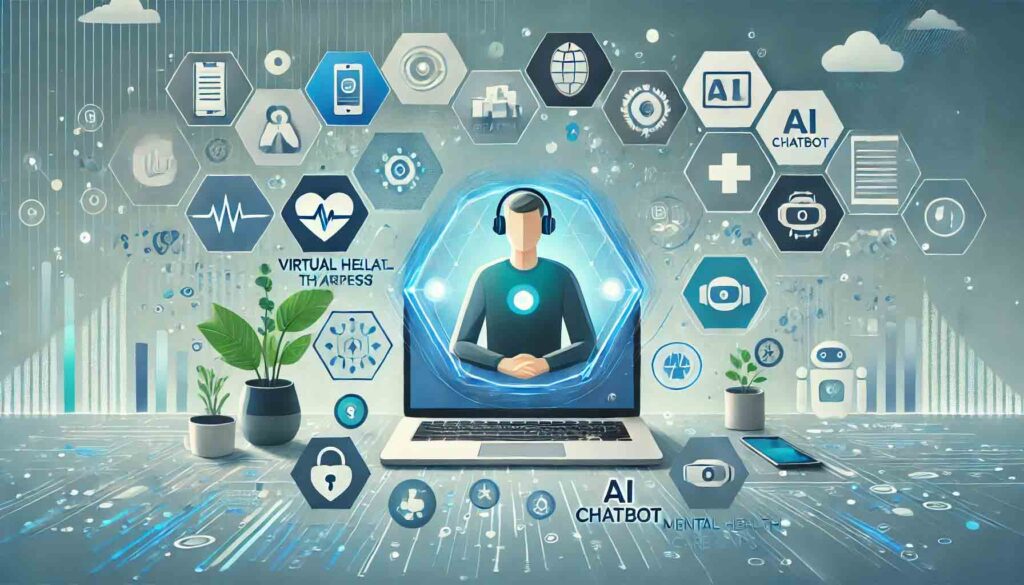How Can Technology Bridge the Gap in Mental Health Access?
technology bridge mental health access
Revolutionizing Mental Health Care: How Technology Is Breaking Down Barriers and Saving Lives!
Introduction: technology bridge mental health access
Mental health disorders are pervasive across all demographics, transcending cultural, economic, and geographic boundaries. Yet, the availability of adequate mental health care is strikingly uneven. Millions suffer in silence due to barriers like the stigma attached to mental illness, geographic isolation, or the prohibitive cost of care. In both developed and developing nations, the gap between those in need of mental health services and those who can access them continues to widen. Technology, with its far-reaching capabilities, stands as a beacon of hope. It holds the potential to reduce this chasm, offering innovative solutions that break down traditional barriers and bring mental health care within reach for many.
The Role of Telemedicine in Expanding Mental Health Services
Telemedicine has revolutionized health care by providing virtual consultations that eliminate the need for physical presence. In the mental health domain, telemedicine allows patients to connect with therapists, counselors, and psychiatrists through secure video conferencing. For individuals living in remote or underserved areas, this is a game-changer. Teletherapy enables continuous care without the logistical complications of travel. Additionally, telemedicine offers greater privacy and confidentiality, reducing the stigma associated with seeking help. With increasing internet penetration and the proliferation of smartphones, telemedicine has the capacity to scale mental health services, making them more accessible and flexible than ever before.
Mobile Health Applications: A Digital Lifeline
Mobile health applications (mHealth apps) serve as a bridge between individuals and critical mental health resources. These apps, which range from guided meditation platforms to cognitive behavioral therapy tools, empower users to manage their mental health autonomously. They provide interventions tailored to specific conditions such as anxiety, depression, or post-traumatic stress disorder (PTSD). With 24/7 availability, mHealth apps offer an immediate point of contact for individuals in distress. Moreover, these apps are designed to encourage consistent engagement, making it easier for users to track their progress over time. In a world where waiting lists for mental health professionals can span weeks or months, these digital solutions provide real-time support when it is most needed.
AI and Chatbots: Enhancing Early Intervention and Support
Artificial intelligence (AI) is becoming a pivotal tool in mental health care, particularly in the form of AI-powered chatbots. These chatbots are trained to engage in conversation with users, offering preliminary counseling and emotional support. Although not a replacement for human therapists, chatbots can play a significant role in early intervention. They are accessible, non-judgmental, and can guide users toward appropriate resources based on their responses. AI can also identify patterns in user interactions that may indicate worsening mental health, allowing for timely intervention. The integration of machine learning allows chatbots to continually improve their understanding of mental health, ensuring more personalized and effective support over time.

Virtual Reality: A Tool for Therapy and Exposure
Virtual reality (VR) is emerging as an innovative tool in mental health treatment, particularly for conditions like phobias, PTSD, and anxiety disorders. VR therapy immerses patients in controlled environments where they can confront their fears in a safe and structured way. For example, a patient with a fear of flying can simulate air travel in a virtual setting, gradually building resilience and coping mechanisms. VR can also be used for exposure therapy, allowing individuals to experience and overcome stress-inducing situations without physical risk. This technology offers a unique approach to mental health care, making therapy more interactive and, in some cases, more effective than traditional methods.
Data-Driven Insights: Improving Mental Health Outcomes
One of the most powerful aspects of technology is its ability to collect and analyze vast amounts of data. In mental health, data analytics is being used to track treatment efficacy, predict mental health crises, and personalize care. By gathering information from mHealth apps, wearables, and online platforms, healthcare providers can gain deeper insights into a patient’s behavior and mental state. Data-driven approaches enable the identification of trends and risk factors, allowing for more targeted interventions. Additionally, large-scale data collection can contribute to research and policymaking, helping to shape the future of mental health services.
Challenges and Ethical Considerations in Technology-Driven Mental Health Solutions
While technology holds immense promise for improving mental health access, it also presents several challenges and ethical considerations. One major concern is data privacy. Sensitive mental health information is at risk of being exploited if not properly safeguarded. Additionally, the over-reliance on technology could result in a depersonalized approach to care, where human empathy and intuition are undervalued. There is also the issue of accessibility: while technology has the potential to reach underserved populations, it could further marginalize those without access to the necessary tools or digital literacy. As we move toward more tech-centric mental health solutions, addressing these concerns will be crucial to ensuring equitable and ethical care.
Conclusion: technology bridge mental health access
Technology is undeniably transforming mental health care. From telemedicine and mobile apps to AI chatbots and virtual reality, these innovations are bridging the gap in access, making mental health support more widespread, immediate, and personalized. However, technology is not a panacea; it must be implemented thoughtfully, with attention to the ethical challenges it brings. As we look to the future, the continued integration of technology in mental health care will require a balanced approach—one that leverages the advantages of innovation while maintaining the human touch that remains at the heart of mental health support.







